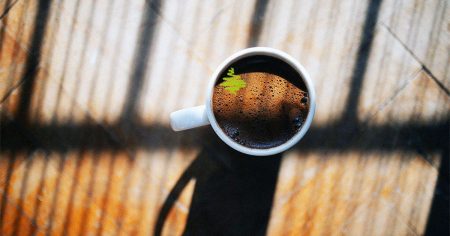Three labor and delivery nurses from Texas have found a unique way to use Sabrina Carpenter’s hit song “Please Please Please” in life-saving CPR training. In a TikTok video captured by one of the nurses, Julie Watson, another nurse, Nicole Curry, performs chest compressions to the rhythm of the song sung by their colleague, Alyssa Gonzalez, during routine CPR training. The nurses explain that they discovered the song’s rhythm aligns perfectly with the recommended rate for performing chest compressions during CPR, making it an effective tool for saving lives.
The nurses were completing Resuscitation Quality Improvement (RQI) training, which involves practicing CPR techniques on mannequins. They found that the song’s rhythm helped them maintain the correct rate for chest compressions without the mannequin needing to correct them, confirming that the song could serve as a helpful guide for performing CPR effectively. The TikTok video quickly gained attention and appreciation from viewers, who praised the nurses for their innovative use of music in CPR training.
The American Heart Association (AHA) also recognized the effectiveness of “Please Please Please” for performing hands-only CPR and encouraged people to learn this life-saving skill. Hands-only CPR involves continuous chest compressions without rescue breaths and has been shown to increase the chances of survival for individuals who experience cardiac arrest. The AHA previously recommended using songs with a tempo of 100 to 120 beats per minute, such as Bee Gees’ “Stayin’ Alive,” to guide the rhythm of chest compressions during CPR training.
Popular songs like Beyoncé’s “Crazy in Love,” Shakira’s “Hips Don’t Lie,” Taylor Swift’s “The Man,” and Chappel Roan’s “Pink Pony Club” have also been identified as matching the recommended CPR rhythm. The nurses hope that their video using “Please Please Please” will help educate people on the importance of learning CPR and how music can be used as a tool to remember the correct rate for chest compressions during an emergency. They emphasize the critical nature of these life-saving skills and how music can make CPR training both fun and practical for individuals of all ages.
The nurses’ discovery of using “Please Please Please” for CPR training reflects a creative approach to teaching life-saving techniques in a memorable way. By incorporating music into CPR training, they hope to empower more people to learn these essential skills and be prepared to respond effectively in emergency situations. The positive response to their TikTok video and the endorsement of the AHA highlight the impact of using popular songs to reinforce the importance of hands-only CPR and the potential for music to save lives in times of need.















